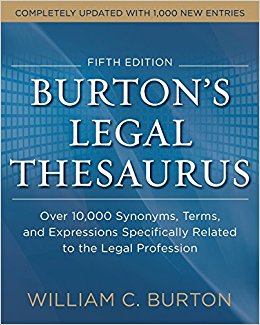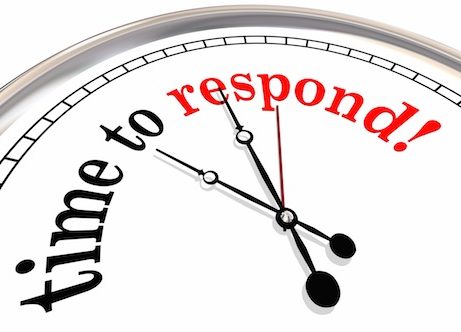QR codes with company logos can be a recipe for disaster – or a patent lawsuit | International Lawyers Network
Say your company wants to run a new advertising campaign that includes a QR code for people to scan for additional information about your products or services. Not only that, but your creative team decides to go a step further and include your company logo in the middle of the QR code. You launch your advertising campaign hoping for an increase in business – but the next thing you know, you are being sued for patent infringement in federal court.
This exact scenario is happening with many companies in the food service industry.
Bassfield IP LLC and the ‘053 patent
Bassfield IP LLC (Bassfield) owns U.S. Patent No. 6,641,053 (‘053 patent), entitled “Foreground/background document processing with dataglyphs.” The ‘053 patent was originally granted to the Xerox Corporation on Nov. 4, 2003, but in late 2021, the Xerox Corporation sold their patent rights to Bassfield. Although the ‘053 patent expires on Oct. 16, 2022, Bassfield can still reach back six years from the filing of any lawsuit to try and collect damages for the prior use of their patent rights.
As of Aug. 31, 2022, Bassfield has filed at least 16 federal lawsuits in the U.S. District Courts against food service companies, including Jimmy John’s Franchisor SPV, LLC; Denny’s Corporation; Success Foods Management Group, LLC (Torchy’s Tacos); and Logan’s Roadhouse (chain of casual dining restaurants based in Houston, Texas).
In these lawsuits, Bassfield alleges that by producing a “composite machine-readable and human-readable document,” there is an infringement of the ‘053 patent. More specifically, in the lawsuit filed against Jimmy John’s, Bassfield alleges Jimmy John’s is infringing their ‘053 patent by using advertising that includes an image that contains data cells (QR code) and one of Jimmy John’s trademarks. (Example below)
Bassfield’s infringement arguments can be better understood with a brief review of a representative claim of their patent, which reads as follows:
A method of producing a composite machine-readable and human-readable document comprising: generating a background image on a substrate, said background image comprising coded glyphtone cells based on grayscale image data values, each of said halftone cells comprising one of at least two distinguishable patterns; compositing the background image with a second image such that two or more adjacent visible halftone cells may be decoded and the second image may be viewed.
Bassfield alleges this claim language should be interpreted to include a data code together with a two-dimensional, distributed sync code pattern, which necessarily includes a background of a computer-readable “composite” image that remains when overlaid with a human-readable image. There certainly may be arguments against infringement and/or against the validity or even enforceability of the ‘053 patent.
Think twice before using a logo or trademark within a QR code
While the outcome of the case will likely depend on whether the judge and jury determine the ‘053 patent excludes others from creating composites of QR codes along with any human recognizable image, the thought of having to defend a patent infringement lawsuit can be daunting – at least in view of the time and expense necessary to deal with such a lawsuit.
If your company has not begun to use company logos or trademarks within QR codes, you should think twice about doing so prior to the expiration date of Bassfield’s ‘053 patent.






